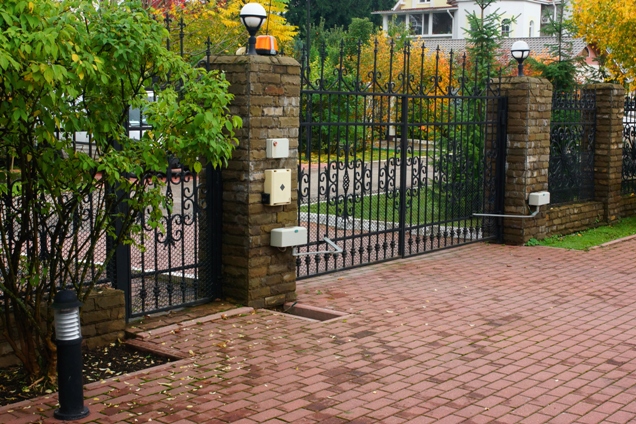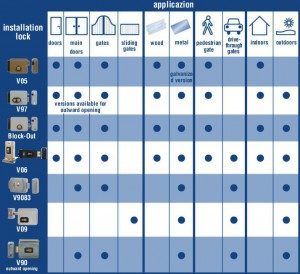In the previous blog we tried to answer a question we have been asked many times, about electric locks and their use. However this week, as promised, we will show you other qualities of the Viro electric locks, which are not only resistant, but also functional and versatile.
The minimum requirement of an electric lock is, in general, to open after receiving the electrical pulse, to allow access to a space of an environment, so it must operate as long as possible without breaking, despite the multiple openings and closing.
As we have already seen, the Viro rotary deadbolt electric locks are sufficiently resistant to cope with all the daily openings and closing of doors or gates, even heavy ones.

However, the needs of someone who decides to install a new electric lock go beyond the efficiency of the product and are not limited to “as long as it works” (since this should go without saying!).
The most frequent requests are, for example, “access to the condominium must always be possible during office hours, whilst between 7pm and 8am it should only be for residents holding the key” or “my children play in the courtyard, is it possible to make sure that the gate does not remain open?”
Some features of Viro electric locks have been designed to meet this type of need.
First of all, the following diagram summarises which locks are best suited to different situations.

Some useful features to meet specific needs are:
Dogging device
This is the function which makes it possible to block the lock in the open position. It is used to disable the lock during the day when, for example, the entrance is manned or when entry must always be allowed. In the Viro electric locks with a button, the “dogging device” can be activated simply by turning the key whilst holding down the button.
Security function
Electric locks normally operate in “service” mode. When they receive the electrical pulse they are made ready for opening and they are only reset once the door has been opened and closed. This operation mode can create problems from the point of view of security since, once the pulse has been given, even by mistake, if the gate or door is not opened and re-closed, the lock remains open.
However, thanks to a Viro patented solution, the rotary deadbolt locks V9083 and V06 can also be set up by means of a simple internal component in “security” mode. In this case the opening only takes place if, at the same time as the electrical pulse, a pressure is exerted, either manually or automatically, on the gate; otherwise, upon completion of the electric pulse, the lock returns to the closed state. This ensures that the lock only opens when the entrance is actually opened, too, and it closes immediately afterwards, without the risk of it remaining open indefinitely.
Versions for outward openings
Electric locks are designed to be installed on entrances such as doors and gates which normally open inwards. However, there are some special situations where the opening must be in an outwards direction: this is the case, for example, with exit doors/gates at public places or where the door/gate faces an uphill ramp which prevents it from opening inwards. In this case, it is necessary to install locks, such as the Viro “V97 outward opening” lock (for pedestrian entrances) or the Viro “V90” lock (for access driveways), which are specifically designed to be installed on entrances which open outwards.
Have you ever had requirements or needs of this kind? Would you find these functions useful? Do you have any further requests? Let us know!
